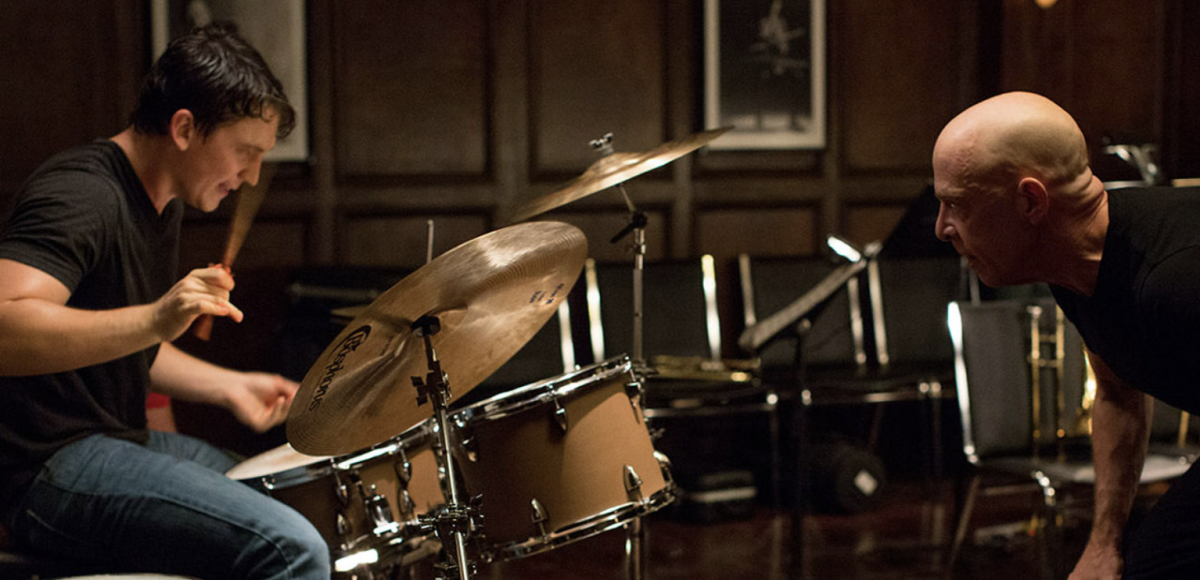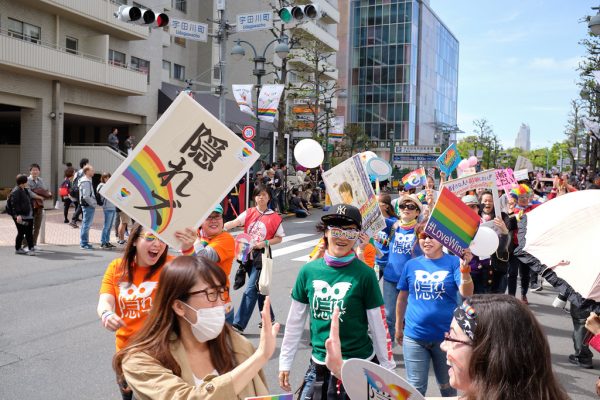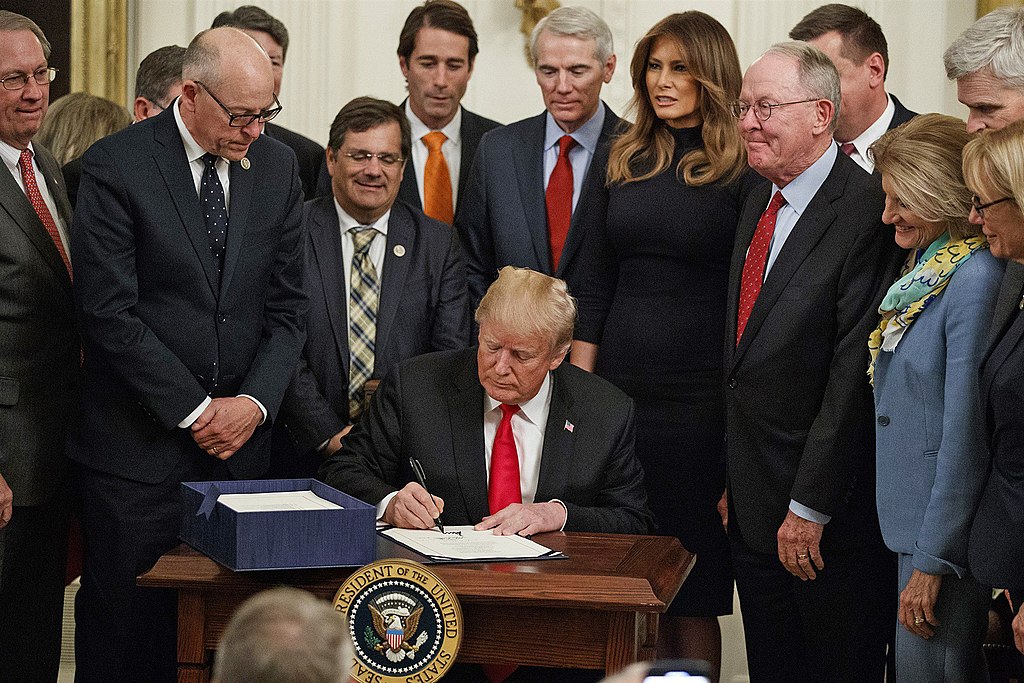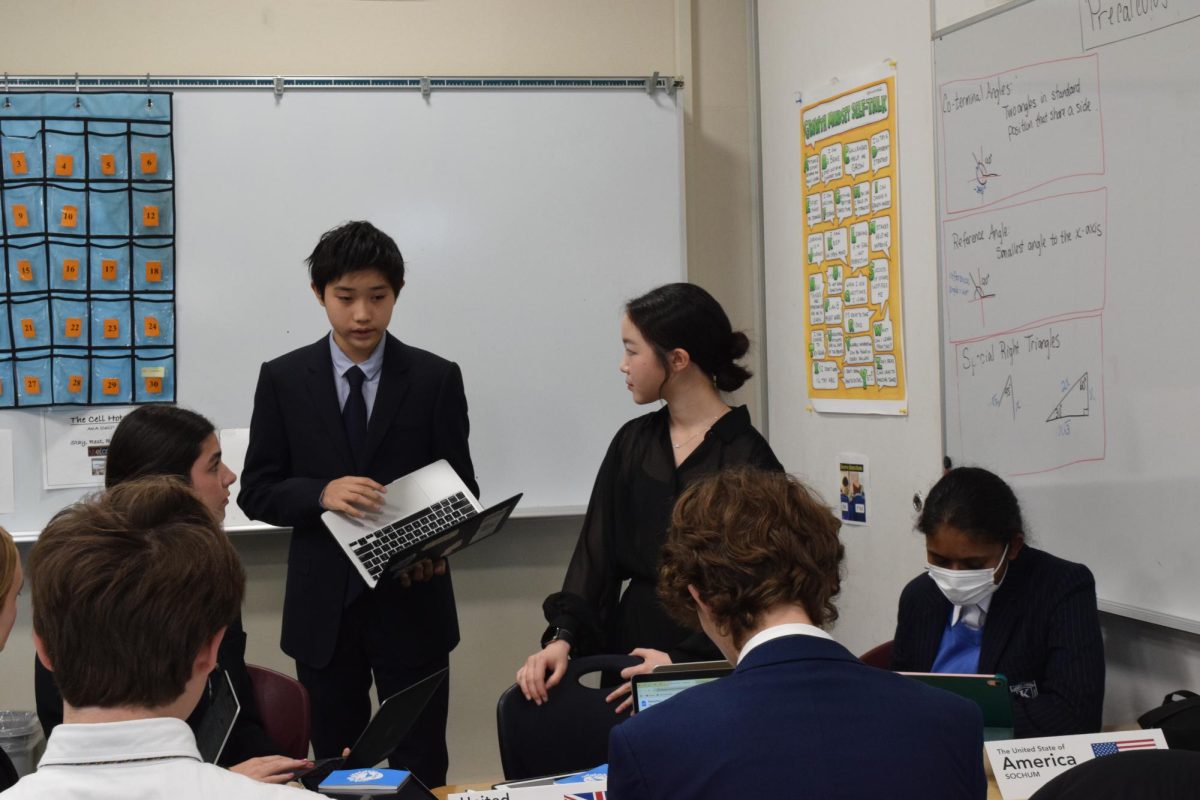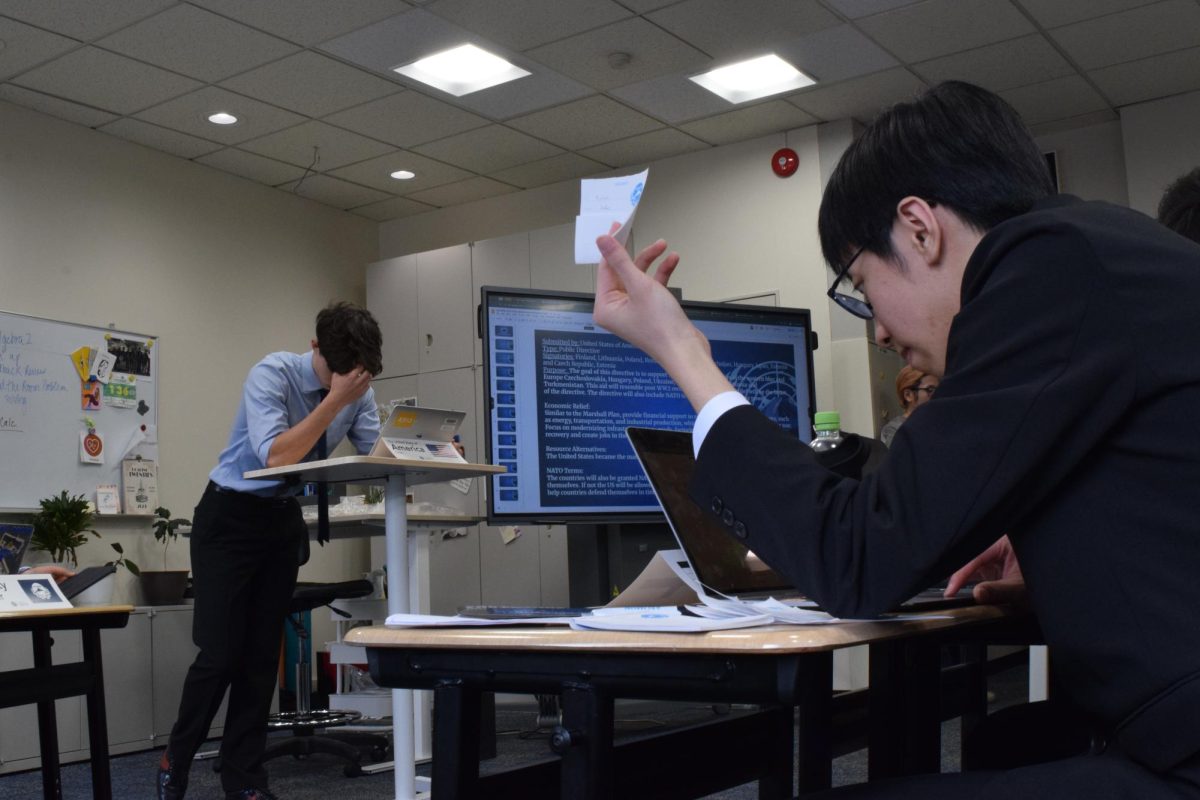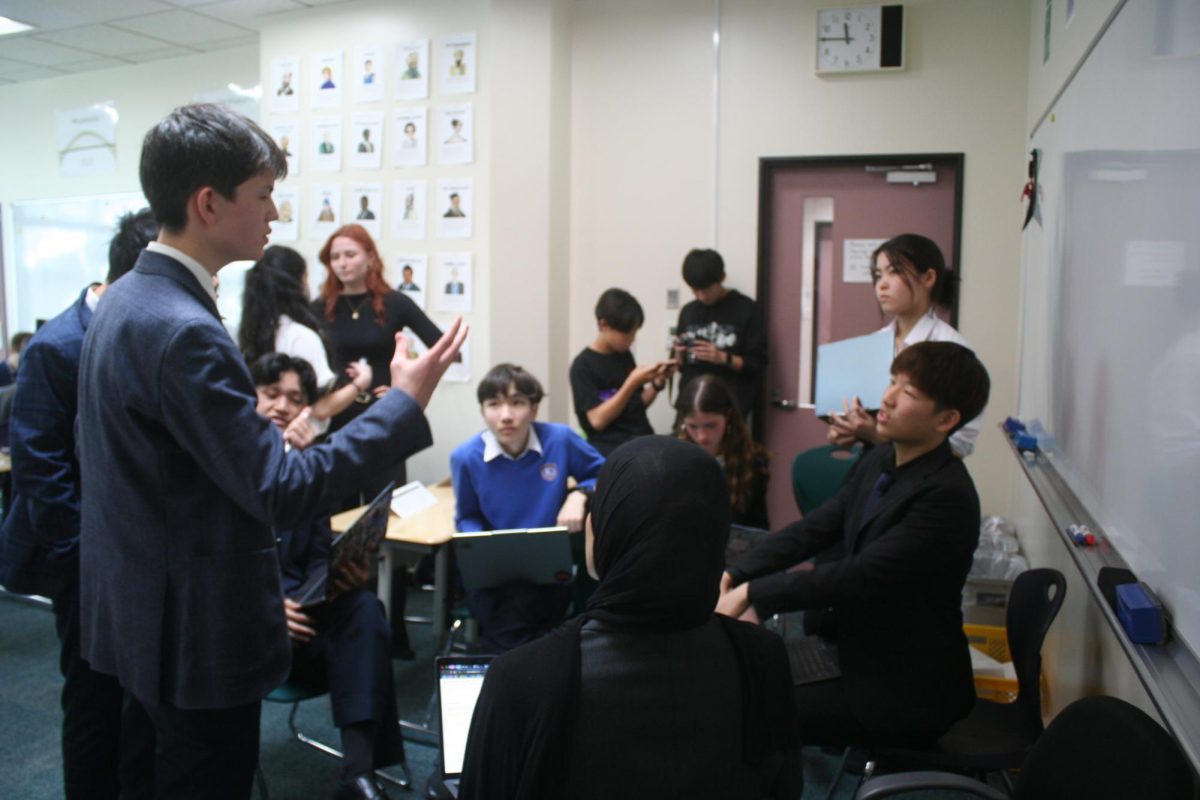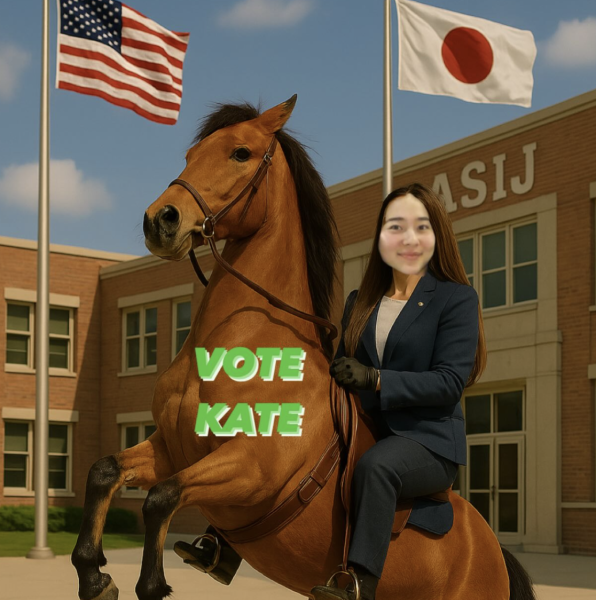School Shootings: The American Back to School Norm
November 4, 2021
After a grueling year of distance learning, many schools across the United States have happily re-opened their campuses to students for the new school year. Along with this, though, comes an all-too-familiar consequence: a rise in school shootings.
Although 2020 and the former half of 2021 saw surges in firearm sales and a record number of gun violence incidents, the lack of face-to-face schooling spared many students from the countless school shootings that have plagued recent years. According to the Center for Homeland Defense and Security (CHDS), in September of 2020, only 24 shootings occurred on school properties. The caveat to this is that many of these incidents involved adult perpetrators that simply happened to be on school grounds due to the open outdoor spaces on campuses.
But this period of decline in gun violence was short-lived; as would be expected, the increase in students back on school campuses paralleled an increase in school shootings. Just a few weeks ago, at Timberview High School in Arlington, Texas, a shooting left four individuals injured — including a 15-year old boy in critical condition. Officials state that shots were fired as a result of a fight that broke out just prior. This is just one of many examples. In fact, this September, the CDHS recorded 55 school shootings — a frightening twofold increase from previous full-year totals.
According to an analysis by The Washington Post, the circumstances of the recent shootings differ from those of previous years. In the past, most school shootings have been deliberate attacks that “schools rehearse for with ‘active shooter drills.'” Of the 55 shootings this September, the majority were results of interpersonal conflicts among students that heightened and ultimately ended in gunfire because one or more of the students happened to be armed — situations that neither students nor faculty are prepared for.
In response, many school districts have reacted as they have in the past: investing in school security. The unfortunate reality is that this is all that schools have the power to do to keep their students safe. Some schools have implemented new surveillance technology, while others have built buildings with more advanced locks and hiding spaces.
In one unusual case, Jefferson School District 251 in Idaho banned students from bringing backpacks to school. This new policy results from a middle school student that was found with a firearm in the school restroom. In complying with this rule, students in the district came to school with their belongings using an odd variety of transport methods, ranging from laundry baskets to a surfboard and rope.
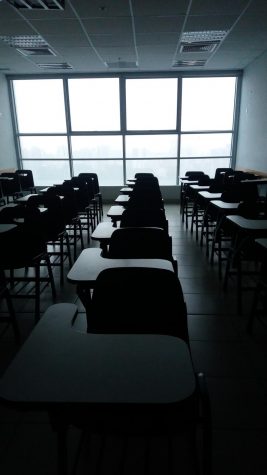
Critics have noted that these responses are simply surface-level solutions to the greater issue at hand: insufficient gun control laws. Megan Humble, a mother of a student in the Jefferson School District 251, shared her thoughts on Facebook. In regards to the backpack ban, she writes, “Removing backpacks is not a solution. It’s a knee-jerk reaction. It’s like slapping a bandaid in a severed artery and hoping it stops the bleeding.”
However, despite these incidents, there seems to be little prospect of a stricter nationwide gun control law being passed in the near future. Regardless of political ideology, almost everybody recognizes that school shootings are an issue; how to solve the problem is where disagreements arise.
Some argue that tighter gun laws would not be an effective deterrent to gun violence. Instead, those individuals often advocate for even looser regulations by claiming that gun ownership for self-defense purposes would better protect people. They believe that perpetrators are less likely to attack if they fear retaliation from others that are also armed. Many opponents also cite the Second Amendment of the U.S. Constitution — which protects the right to bear arms — as another argument against stricter regulations.
Others contend that stricter gun laws would reduce gun violence, and that is enough of a benefit to pursue such legislation. The Center for Disease Control and Prevention reported that more than half of all homicides and suicides in the U.S. are due to guns. Without easy access to such powerful weapons, incidents of gun violence would inevitably decrease.
Besides the ideological split, another significant roadblock to gun regulation reform is elected officials whose actions are primarily motivated by their interests in being reelected. Thus, they act as per the ideologies of the corporations that donate to their campaigns, often prioritizing their own re-election interests over the safety of their constituents. In particular, for gun control, corporations, interest groups, and non-profit organizations employ lobbyists and provide donations to politicians to advocate for their respective interests. An example of this is the National Rifle Association (NRA). This gun-rights advocacy group is well known for its donations to political action committees and their campaign contributions to Republican politicians. In fact, in the 2016 election cycle, the NRA spent more than $50 billion to support Donald Trump and several Republican Senate candidates. This contributed to the U.S. continuing to maintain its loose gun control laws under the Republican administration.

Gun regulation is back on the political agenda as students return to face-to-face learning. What legislation will be passed is still up in the air as politicians on both sides of the aisle contend over the best solution to the issue. Whatever the decision may be, until elected officials can come to a resolution, the lives of millions of students across the U.S. will continue to be in jeopardy.




